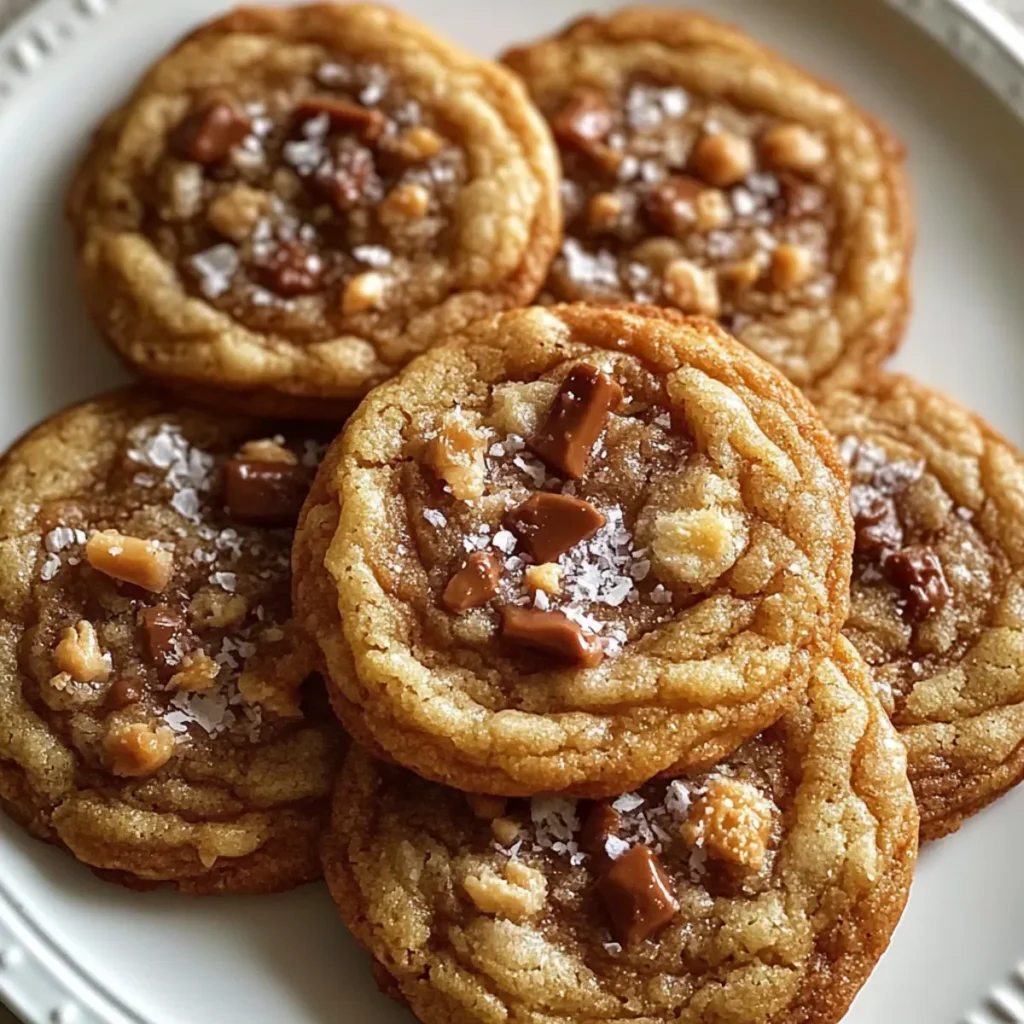Buckwheat bread recipe, a wholesome and nutritious alternative to traditional wheat-based bread, is gaining popularity among health-conscious individuals. This guide delves into the world of buckwheat bread, offering recipes, tips, and nutritional insights for both beginners and seasoned bakers
Introduction to Buckwheat Bread
Buckwheat bread, a remarkable and healthful alternative to traditional wheat-based loaves, has been steadily carving a niche in the world of artisanal baking. Contrary to what its name suggests, buckwheat is not a type of wheat. In fact, it’s a gluten-free seed, closely related to rhubarb and sorrel, making it an excellent choice for those with gluten sensitivities or celiac disease.
Originating from the nutrient-rich fields of Asia, buckwheat has been a staple in many cultures for centuries, valued for its robust flavor and nutritional profile. It’s packed with essential amino acids, rich in fiber, and loaded with minerals like magnesium, zinc, and iron. This makes buckwheat bread not just a delicious alternative but a powerhouse of health benefits.
The versatility of buckwheat flour is remarkable. It lends a unique, earthy flavor to bread, which, when baked, results in a hearty, satisfying loaf with a delightful texture. Its naturally nutty taste complements both sweet and savory toppings, making it a versatile addition to any meal.
For those embarking on a journey of healthier eating, buckwheat bread is a gateway to a world of nutritious and delicious possibilities. Whether you’re a seasoned baker or new to the world of gluten-free baking, the journey of creating your own buckwheat bread is as rewarding as it is delicious.
Basic Buckwheat Bread Recipe
Embarking on your baking journey with a basic buckwheat bread recipe is an excellent way to introduce yourself to the unique and wholesome world of gluten-free baking. This simple recipe yields a delicious, nutritious loaf that’s perfect for those looking to explore the benefits of buckwheat. Here’s how to make it:
Ingredients:
- 3 cups of buckwheat flour
- 1 tablespoon of active dry yeast
- 1 teaspoon of salt
- 1 tablespoon of honey or maple syrup (for a vegan option)
- 1 ¾ cups of warm water (not hot)
- 2 tablespoons of olive oil (plus extra for greasing)
Instructions:
- Prepare the Yeast Mixture:
- In a small bowl, dissolve the honey or maple syrup in warm water.
- Sprinkle the yeast over the water and let it sit for about 10 minutes, or until it becomes frothy.
- Mix the Dry Ingredients:
- In a large mixing bowl, combine the buckwheat flour and salt.
- Combine Wet and Dry Ingredients:
- Add the yeast mixture and olive oil to the dry ingredients.
- Mix well until a sticky dough forms.
- First Rise:
- Cover the bowl with a damp cloth and let the dough rise in a warm place for about 1 hour, or until it doubles in size.
- Prepare for Baking:
- Preheat your oven to 375°F (190°C).
- Grease a loaf pan with a bit of olive oil.
- Second Rise:
- Transfer the dough into the greased loaf pan.
- Let it rise again for about 30 minutes.
- Bake the Bread:
- Place the loaf pan in the oven and bake for about 35-40 minutes, or until the bread sounds hollow when tapped.
- Cooling:
- Remove the bread from the oven and let it cool in the pan for 10 minutes.
- Transfer it to a wire rack to cool completely.
This basic buckwheat bread recipe is just the beginning. Feel free to experiment by adding nuts, seeds, or herbs to customize the flavor to your liking. Enjoy your homemade buckwheat bread with your favorite spreads, as a side to your meals, or simply on its own. Happy baking!
For detailed instructions and baking tips, check out this comprehensive guide on Mastering Gluten-Free Baking.
Gluten-Free Buckwheat Bread Variations
Buckwheat bread, inherently gluten-free, offers a world of possibilities for those seeking to diversify their bread-making repertoire. These variations on the basic buckwheat bread recipe not only add an exciting twist to your baking but also cater to a range of dietary preferences and health needs. Here are some delightful variations to try:
1. Buckwheat Bread with Nuts and Seeds
- Ingredients: Add ½ cup of mixed nuts and seeds (like sunflower seeds, pumpkin seeds, and chopped walnuts) to the basic recipe.
- Method: Mix these in after combining the wet and dry ingredients. The nuts and seeds will add a crunchy texture and a boost of healthy fats.
2. Fruit-Infused Buckwheat Bread
- Ingredients: Incorporate ½ cup of dried fruits such as raisins, chopped dates, or dried cranberries.
- Method: Fold the dried fruits into the dough after the initial mixing. This variation is perfect for a naturally sweet, energy-packed loaf.
3. Herbed Buckwheat Bread
- Ingredients: Add 1 tablespoon of mixed dried herbs (like rosemary, thyme, and oregano) and 1 teaspoon of garlic powder.
- Method: Blend these herbs into the flour mixture for a savory twist, ideal for accompanying soups or salads.
4. Chocolate Chip Buckwheat Bread
- Ingredients: Mix in ½ cup of dark chocolate chips (ensure they’re gluten-free).
- Method: Add the chocolate chips to the dough for a sweet treat that pairs wonderfully with coffee or tea.
5. Buckwheat and Oat Bread
- Ingredients: Substitute 1 cup of buckwheat flour with gluten-free oats or oat flour.
- Method: This creates a lighter, fluffier texture while maintaining the bread‘s gluten-free integrity.
6. Spiced Buckwheat Bread
- Ingredients: Add 1 teaspoon of cinnamon and ¼ teaspoon of nutmeg to the dry ingredients.
- Method: These warm spices bring a comforting flavor, making it a perfect choice for breakfast or a snack.
7. Vegan Buckwheat Bread
- Ingredients: Use maple syrup instead of honey and ensure all other ingredients are plant-based.
- Method: This variation caters to a vegan diet without compromising on taste or texture.
Each of these variations brings its own unique flavor and texture to the basic buckwheat bread recipe, making it adaptable to different tastes and occasions. Whether you prefer something sweet, savory, or simply wholesome, these gluten-free buckwheat bread variations are sure to delight.
Dairy-Free Buckwheat Bread Options
Buckwheat bread, naturally dairy-free, is a fantastic option for those who are lactose intolerant, allergic to dairy, or following a vegan diet. By making a few simple adjustments to the basic buckwheat bread recipe, you can create a variety of dairy-free loaves that are both delicious and nutritious. Here are some creative options to try:
1. Classic Dairy-Free Buckwheat Bread
- Ingredients: Follow the basic buckwheat bread recipe, ensuring all ingredients, including the yeast and any added flavors, are dairy-free.
- Method: This simple approach yields a classic buckwheat loaf, perfect for everyday use.
2. Buckwheat Bread with Dairy-Free Milk
- Ingredients: Substitute water with an equal amount of dairy-free milk, such as almond, soy, or oat milk.
- Method: This substitution adds a subtle richness and softness to the bread‘s texture.
3. Olive Oil and Herb Buckwheat Bread
- Ingredients: Add 2 tablespoons of extra virgin olive oil and 1 tablespoon of mixed dried herbs (like basil, oregano, and thyme) to the dough.
- Method: The olive oil enhances the bread‘s moisture, while the herbs add a delightful aroma and flavor.
4. Sweet Potato Buckwheat Bread
- Ingredients: Incorporate ½ cup of mashed sweet potato into the dough.
- Method: Sweet potato not only adds natural sweetness and moisture but also enriches the bread with additional nutrients.
5. Buckwheat and Chia Seed Bread
- Ingredients: Add 2 tablespoons of chia seeds soaked in 6 tablespoons of water for 15 minutes.
- Method: Chia seeds act as a binding agent and provide a boost of omega-3 fatty acids.
6. Buckwheat Bread with Dairy-Free Yogurt
- Ingredients: Use ½ cup of dairy-free yogurt in place of some of the water.
- Method: Yogurt gives the bread a tender crumb and a slightly tangy flavor.
7. Buckwheat Bread with Flaxseed
- Ingredients: Add 2 tablespoons of ground flaxseed mixed with 6 tablespoons of water, left to thicken for 15 minutes.
- Method: Flaxseed is a great egg substitute that adds fiber and omega-3s to the bread.
Each of these dairy-free buckwheat bread options offers a unique twist on the traditional recipe, catering to various tastes and dietary needs. Whether you’re looking for a rich and moist loaf or a light and fluffy one, these dairy-free variations are sure to satisfy your cravings while keeping your diet in check. Enjoy experimenting with these recipes and savor the delicious, healthful results!
The Health Benefits of Plant-Based Ingredients further emphasize why incorporating such alternatives can be beneficial for your health.
Advanced Baking Techniques for Buckwheat Bread
Baking buckwheat bread can be an artful endeavor, especially when you start to explore advanced techniques. These methods can enhance the flavor, texture, and overall quality of your buckwheat bread, turning a simple loaf into a gourmet creation. Here are some advanced techniques to elevate your buckwheat bread baking:
1. Sourdough Buckwheat Bread
- Technique: Create a buckwheat sourdough starter by fermenting buckwheat flour with water over several days. This natural leavening process develops a rich, tangy flavor in the bread.
- Tip: Maintain the starter by feeding it regularly with equal parts of buckwheat flour and water.
2. Autolyse for Better Hydration
- Technique: Before adding yeast or salt, mix buckwheat flour with water and let it rest for 20-30 minutes. This process, known as autolyse, allows the flour to fully hydrate, leading to better gluten development and a more cohesive dough.
- Tip: Autolyse can improve the bread‘s texture, making it less dense.
3. Steam Baking for Crust Development
- Technique: Introduce steam during the initial phase of baking. Place a tray of water at the bottom of the oven or spray water inside to create steam.
- Tip: Steam helps in forming a crispy, shiny crust on the bread.
4. Cold Fermentation for Flavor Enhancement
- Technique: After the first rise, refrigerate the dough for a slow fermentation, anywhere from 12 hours to a few days. This prolonged fermentation develops a more complex flavor profile.
- Tip: Cold fermentation also makes the dough easier to handle and shape.
5. Incorporating Whole Buckwheat Groats
- Technique: Add soaked or cooked whole buckwheat groats to the dough for added texture and a nutty flavor.
- Tip: Soak the groats for several hours or overnight to soften them before adding to the dough.
6. Folding and Stretching for Structure
- Technique: During the first rise, periodically fold and stretch the dough. This technique helps in developing a stronger gluten network, leading to a better rise and crumb structure.
- Tip: Be gentle to avoid deflating the dough.
7. Using a Dutch Oven for Even Baking
- Technique: Bake the bread in a preheated Dutch oven. The enclosed space mimics a professional bread oven and helps in achieving an even bake and a beautiful crust.
- Tip: Preheat the Dutch oven before placing the dough inside to ensure a good oven spring.
By mastering these advanced baking techniques, you can significantly enhance the quality of your homemade buckwheat bread. Each method brings its own unique benefit, whether it’s in flavor development, texture improvement, or crust perfection. Happy baking, and enjoy the delightful results of your advanced baking skills!
After enjoying a slice of homemade buckwheat bread, why not indulge in another comfort food classic? Our Velveeta Mac and Cheese recipe is the perfect hearty dish to complement your bread.
Troubleshooting Common Issues
Baking can sometimes be challenging, but don’t worry. Here are some solutions to common problems:
- If the bread is too dense, try a longer rising time
- For a dry texture, add more liquid to the dough
- If the bread is crumbling, ensure your yeast is active and the dough is well-kneaded
Nutritional Profile of Buckwheat Bread
Buckwheat bread is not only delicious but also packed with nutrients. It’s a great source of:
- Dietary fiber
- Protein
- B vitamins
- Minerals like magnesium and iron
Frequently Asked Questions
Is buckwheat flour good for baking bread?
Yes, buckwheat flour is excellent for baking bread. It’s a popular choice, especially for those seeking gluten-free options. Buckwheat flour imparts a rich, earthy flavor and a dense, hearty texture to bread. It’s also highly nutritious, packed with fiber, protein, and essential minerals, making it a healthful alternative to traditional wheat flour.
Is there a bread made from buckwheat?
Absolutely, there are many bread recipes that use buckwheat as the primary ingredient. Buckwheat bread is a staple in various cuisines and is known for its distinct flavor and nutritional benefits. It’s particularly favored in gluten-free baking as buckwheat does not contain gluten, making it suitable for those with gluten sensitivities or celiac disease.
Will buckwheat flour rise?
Buckwheat flour alone does not rise like traditional wheat flour because it lacks gluten, which is responsible for the elasticity and rise in regular bread. However, when combined with a leavening agent like yeast or baking powder, buckwheat flour can produce a lighter, airier texture. For best results, recipes often mix buckwheat flour with other gluten-free flours or use techniques like longer fermentation to improve the rise and texture of the bread.
What does buckwheat do in baking?
In baking, buckwheat adds a unique flavor and nutritional profile to baked goods. Its robust, nutty taste enhances the overall flavor of bread, pancakes, muffins, and other baked items. Nutritionally, it contributes a high level of fiber, protein, and essential nutrients, making baked goods more satisfying and healthful. Additionally, its dense and hearty nature provides a satisfying texture, particularly in gluten-free recipes where achieving a desirable crumb and consistency can be challenging. Buckwheat’s moisture-absorbing properties also help in creating a moist crumb in baked goods.
Conclusion and Final Thoughts
Buckwheat bread is a versatile, nutritious, and delicious alternative to traditional bread. Whether you’re gluten-free, dairy-free, or simply looking to try something new, buckwheat bread is definitely worth exploring. Happy baking!
Interested in exploring more unique bread recipes from around the world? Discover the Unique Taste of Salvadoran Quesadilla, a delightful variation that shares the universal love for bread in different cultures.






